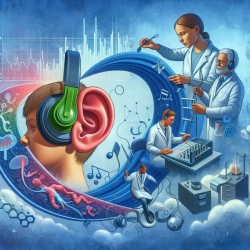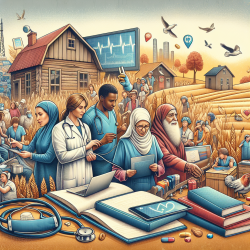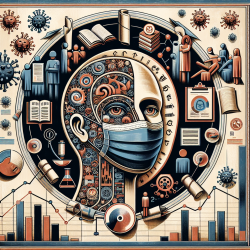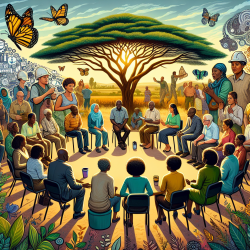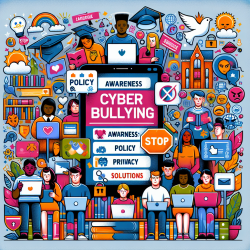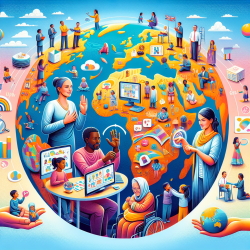Shocking Insights: How Historical Trauma Impacts Native Hawaiian Youth and What You Can Do About It!
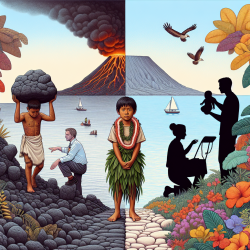
The recent research article, "Ke ala i ka Mauliola: Native Hawaiian Youth Experiences with Historical Trauma," presents profound insights into the unique challenges faced by Native Hawaiian youth due to historical trauma. As a practitioner working with Native Hawaiian students, understanding these findings can significantly enhance your approach and effectiveness. Here’s how you can implement the outcomes of this research to improve your practice.
Understanding Historical Trauma
Historical trauma refers to the cumulative emotional and psychological wounding over one's lifespan and across generations, stemming from massive group trauma experiences. For Native Hawaiians, this includes colonization, land dispossession, and cultural suppression. The study highlights eight key themes and 35 sub-themes that encapsulate the experiences of Native Hawaiian youth.
Key Themes and Implementation Strategies
- Emotions (Peʻa ka Lima i ke Kua): Recognize and validate the strong emotions—pain, anger, hopelessness—that youth may experience. Implement therapeutic practices that allow students to express and process these emotions safely.
- Escapism (ʻAuana i ke Kula ʻo Kaupeʻa): Address the coping mechanisms such as substance use and technology addiction. Develop alternative coping strategies through culturally relevant activities like hula or ʻāina-based learning.
- Land Loss (He aliʻi ka ʻāina): Incorporate discussions about the significance of land and its loss into your curriculum. Engage students in ʻāina-based projects to foster a connection to their heritage.
- Family Connectedness (Ku i ka Welo): Strengthen family involvement in educational and therapeutic processes. Create programs that support family healing and cultural education.
- Dreams, but Not for Me (Hoʻohikihiki): Encourage goal-setting and self-efficacy. Provide mentorship and role models who exemplify success within the community.
- Messy System (ʻOnaehana Huikaulua): Advocate for systemic changes within educational and social services that address the unique needs of Native Hawaiian youth.
- Community Conflict (Hihiha Hikaka): Facilitate community dialogues that address internal conflicts and promote unity and collective healing.
- Return to Balance (Hoʻi i ka Pono): Promote cultural resilience by integrating traditional practices and values into therapy and education.
Encouraging Further Research
While this study provides a foundational understanding, ongoing research is crucial. Encourage your colleagues and institutions to support further studies on the impacts of historical trauma and effective interventions.To read the original research paper, please follow this link:
Ke ala i ka Mauliola: Native Hawaiian Youth Experiences with Historical Trauma.
Citation: Riley, L., Su?esu?e, A., Hulama, K., Neumann, S. K., & Chung-Do, J. (2022). Ke ala i ka Mauliola: Native Hawaiian Youth Experiences with Historical Trauma. International Journal of Environmental Research and Public Health, 19(12564). https://doi.org/10.3390/ijerph191912564




